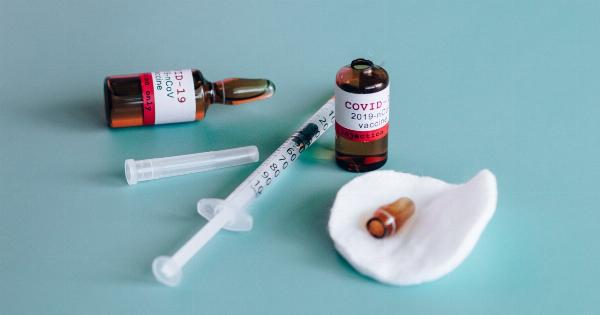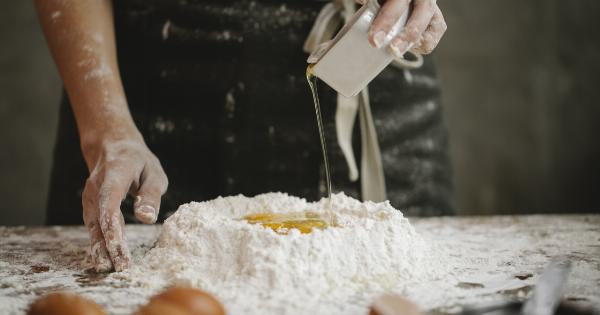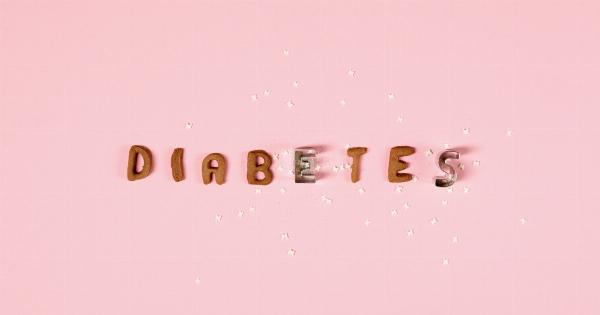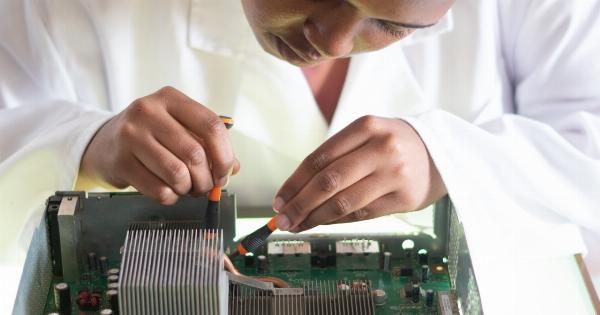In our busy and often stressful lives, finding ways to soothe pain and reduce stress is essential for maintaining our well-being.
While there are countless strategies and techniques available, one powerful tool is often overlooked – the happy memory trigger. This simple yet effective technique harnesses the power of positive memories to bring comfort, relaxation, and relief from physical and emotional pain.
So, how exactly does it work? Let’s explore the science behind it and discover how you can use this technique to improve your own well-being.
The Science Behind Happy Memories
Memories are not just recollections of past events; they have a profound impact on our present emotions and well-being.
Numerous studies have shown that recalling happy memories triggers the release of feel-good chemicals in our brains, including dopamine and endorphins. These chemicals act as natural painkillers and mood enhancers, reducing stress, anxiety, and even physical pain.
When we encounter stressful or painful situations, our bodies respond by releasing hormones like cortisol, which is known as the stress hormone.
This hormone can increase our heart rate, raise blood pressure, and contribute to feelings of anxiety and discomfort. However, by accessing happy memories, we can counteract this stress response and induce a state of relaxation and well-being.
How to Activate Happy Memories
Activating happy memories is a skill that can be developed with practice. Here are some effective techniques to help you trigger those positive emotions:.
- Visualization: Close your eyes and imagine yourself in a specific happy memory. Try to recall every detail, including sights, sounds, smells, and emotions. By doing so, you transport yourself back to that moment, allowing the positive feelings associated with it to flood your body and mind.
- Photo albums and scrapbooks: Take a trip down memory lane by looking through old photo albums or scrapbooks. By reminiscing about joyful moments captured in photographs, you can trigger happy memories and experience the positive emotions they bring.
- Journaling: Write in a journal about your happiest moments and recall them in writing. As you describe the events and emotions, you immerse yourself in the experience, reawakening the positive feelings that accompanied those memories.
- Meditation: Incorporate happy memories into your meditation practice. During your meditation session, focus on a specific positive memory and allow it to fill your mind, body, and soul. The calmness and serenity of meditation provide an ideal environment for accessing and reliving happy memories.
- Music: Create a playlist of songs that are strongly linked to happy memories. When you listen to these songs, they can instantly transport you back in time, unleashing a wave of positive emotions.
The Effects of Happy Memory Activation
Now that we’ve discussed how happy memories can be triggered, let’s explore the incredible effects they can have on our well-being:.
1. Pain Reduction
The power of happy memories extends beyond their ability to uplift our mood. Research has shown that activating positive memories can actually reduce physical pain.
When we experience pain, our brains send signals to release endorphins as a natural pain-relief response. By accessing happy memories, we can amplify this endorphin release and effectively diminish the perception of pain.
One study conducted by psychologists Melzack and Wall found that patients who used distraction techniques, such as recalling happy memories, experienced less pain during medical procedures.
The positive emotions triggered by these memories act as a natural analgesic, ultimately reducing the intensity of the pain felt.
2. Stress and Anxiety Reduction
In addition to relieving physical pain, happy memories also serve as powerful stress and anxiety reducers.
When we engage in the process of recalling positive memories, our brain shifts its focus away from sources of stress and towards feelings of joy and happiness. This shift in attention helps break the cycle of worry and negative thinking, allowing us to experience a sense of calm and relaxation.
Studies have shown that individuals who regularly engage in recalling happy memories experience lower levels of stress and anxiety.
The positive emotions evoked by these memories help regulate the release of stress hormones, promoting a more balanced and peaceful state of mind.
3. Improved Mood and Overall Well-being
It’s no secret that happy memories make us feel good. By actively accessing and reliving these memories, we can boost our mood and overall well-being.
Remembering joyful moments from the past can counteract feelings of sadness, frustration, or loneliness, reminding us of the positive experiences and connections we’ve had throughout our lives.
Moreover, the positive emotions triggered by happy memories can have a lasting impact on our mental health.
Research suggests that individuals who frequently engage in recalling positive memories enjoy better mental health outcomes, including lower rates of depression and higher levels of life satisfaction.
Incorporating Happy Memories Into Everyday Life
Now that we understand the power and benefits of happy memories, let’s explore some practical ways to incorporate them into our daily lives:.
- Gratitude practice: Start each day by thinking of three things you are grateful for. These can be past joyful experiences or present blessings. By cultivating a mindset of gratitude, you can pave the way for more happy memories and positive emotions.
- Display reminders: Place reminders of your happy memories in your environment. It can be a photograph, a postcard, or any object that symbolizes a positive experience. Whenever you see these reminders, it will trigger the associated memories, bringing a smile to your face.
- Share stories: Share your happy memories with loved ones. By recounting joyful experiences together, you not only strengthen your bond but also create new memories that can be cherished in the future.
- Create a digital album: Use technology to your advantage by creating a digital photo album or memory board. Fill it with pictures, videos, and even voice recordings that capture your happiest moments. Whenever you need a pick-me-up, simply browse through your digital album.
- Set aside reflection time: Dedicate regular moments in your schedule to consciously recall and reflect upon happy memories. It can be during a morning walk, a peaceful evening, or any time that allows you to unplug from distractions and focus on connecting with these positive moments.
Conclusion
The power of happy memories should not be underestimated when it comes to soothing pain and reducing stress. By actively recalling positive memories, we tap into a wellspring of emotions that can enhance our well-being in profound ways.
From relieving physical pain to reducing stress and anxiety, happy memories act as potent healers for both the body and mind.
Make it a habit to incorporate happy memory triggers into your daily routine, embracing the positive emotions they bring.
As you cultivate this practice, you’ll discover that you hold within you an endless reservoir of joy and happiness, ready to be accessed whenever you need it most.





























